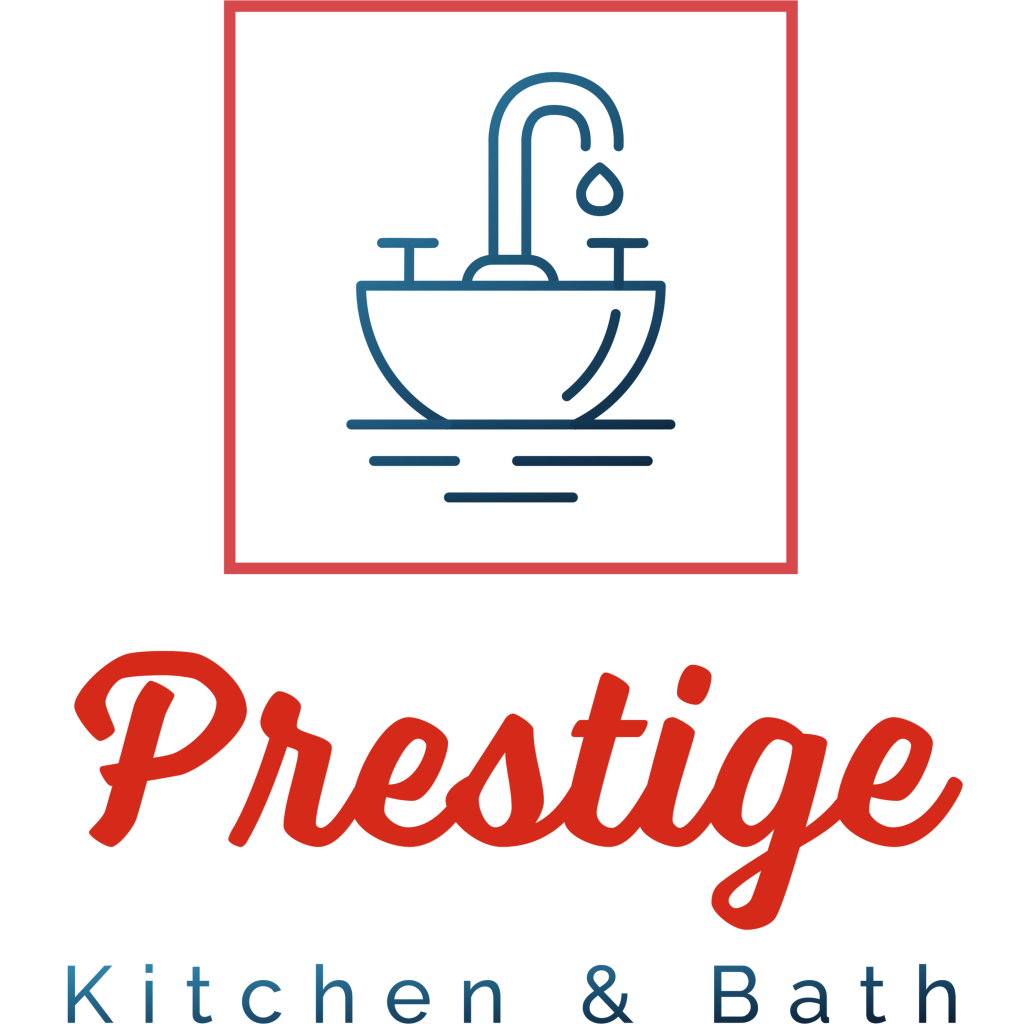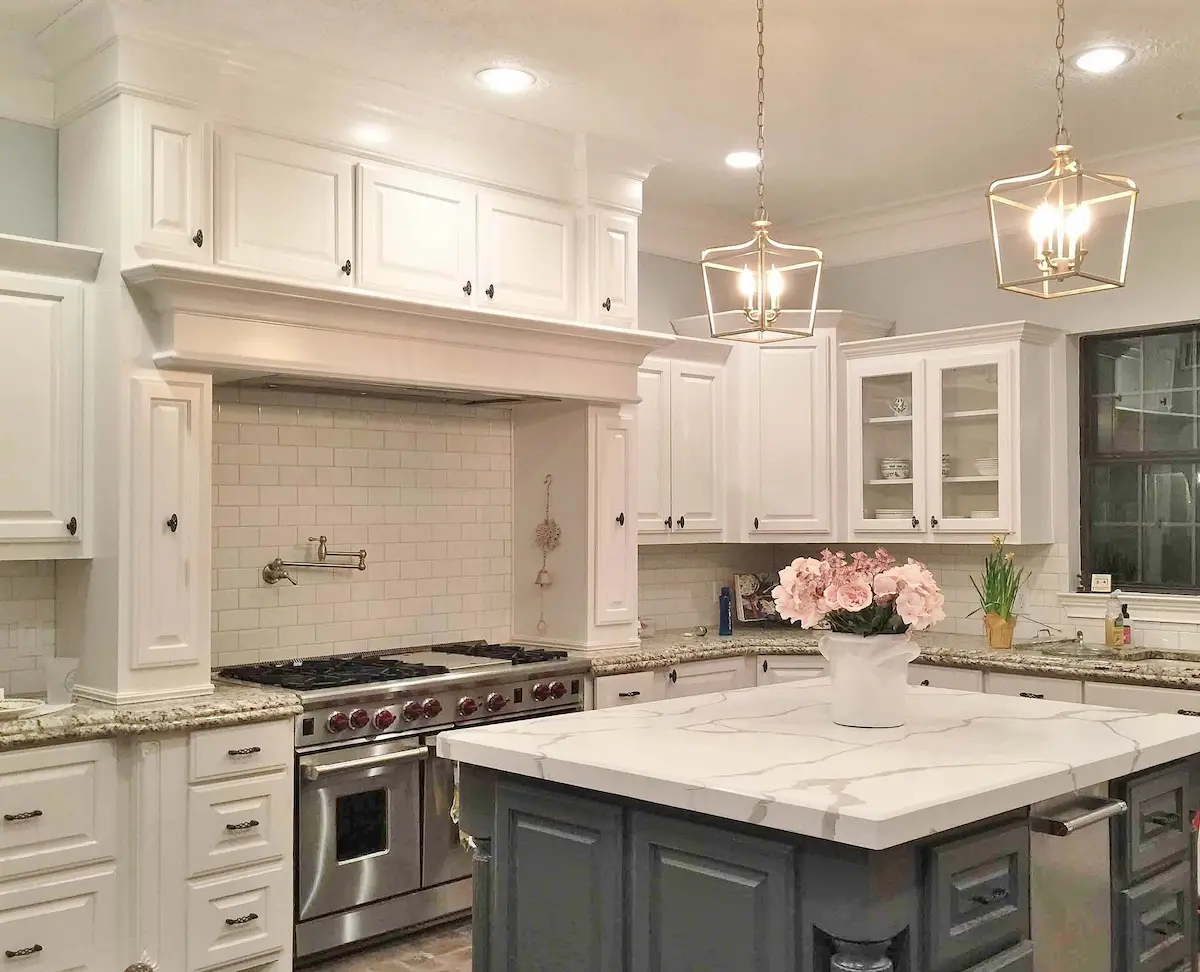Updating the look of your kitchen is one way to change the appearance of your home interior. However, it demands a lot of financial forecasting. Minor or large-scale changes, knowing a cost breakdown will enable you to create a working budget. Now let’s look at the variables that come into play in establishing costs and help you come up with an achievable budget for your kitchen renovation.
1. Average Kitchen Remodel Costs
Kitchen remodels can vary widely based on the scope, materials, and location. Here’s a general breakdown:
- Minor Kitchen Remodel: $10,000: $20,000
A minor remodel might include new countertops, cabinet refacing, fresh paint, and updated appliances. - Mid-Range Kitchen Remodel: $20,000: $50,000
In this range, you’re looking at semi-custom cabinetry, higher-end countertops like granite or quartz, upgraded appliances, new flooring, and lighting. - Major Kitchen Remodel: $50,000: $100,000+
A full-scale remodel typically involves custom cabinetry, premium materials like marble or exotic wood, high-end appliances, structural changes (like moving walls or changing the layout), and luxury fixtures.
2. Key Factors that Affect the Budget
Several factors impact the overall cost of a kitchen remodel:
- Size of the Kitchen: A larger kitchen requires more materials and labor.
- Material Choices: High-end materials (granite, quartz, marble) cost significantly more than laminate or tile.
- Appliances: Upgrading to energy-efficient or luxury appliances can increase the budget.
- Labor Costs: Labor rates vary by region. Custom work, plumbing, and electrical upgrades can add to the cost.
- Structural Changes: Moving walls, plumbing, or electrical wiring can drive up the budget.
3. Budget Breakdown
A good rule of thumb is to allocate the budget as follows:
- Cabinetry and Hardware: 30-35%
- Installation/Labor: 20-25%
- Appliances: 15-20%
- Countertops: 10-15%
- Flooring: 7-10%
- Lighting: 5%
- Miscellaneous: 5-10%
4. Cost-Saving Tips
- Keep the Layout: Avoid relocating plumbing and electrical work if possible.
- Refinish Instead of Replace: Repainting cabinets or refacing them can save money.
- Opt for Stock Cabinets: Semi-custom or stock cabinets are more budget-friendly than custom options.
- Consider DIY: If you’re handy, doing some tasks yourself (like painting or demo work) can lower labor costs.
5. Financing Options
If the cost of your remodel exceeds your current budget, financing options include:
- Home Equity Loans
- Personal Loans
- Credit Cards (for smaller expenses)
- Contractor Financing Plans
Conclusion
A kitchen remodel’s pricing will primarily depend on the level of complexity of the work involved and the materials used. Preparing a budget that is in line with the renovation expectations is paramount. If, whether it’s a minor facelift or a full-scale remodeling, understanding the finances will assist in strategizing and eliminating surprises.
What is the average cost of a kitchen remodel in 2024?
By the year 2024, the cost of remodeling a kitchen would not fall below $10,000 for a small makeover and would exceed $100,000 for one that completely transforms the kitchen. Somewhere in the range of $20,000 or $50,000 is consonant with a mid-range remodel, which involves semi-custom cabinets, granite countertops, and new appliances for most homeowners.
How long does a kitchen remodel take?
The timeframe for a kitchen remodeling project differs according to the extent of the work involved. A simple enhancement can be completed in 4 to 6 weeks, whereas a complete overhaul can take 3 to 6 months or more. Nevertheless, such other aspects as the design’s intricacy, the material’s procurement, and the contractor’s calendar can also affect the duration.
What are the most popular kitchen trends in 2024?
In 2024, some of the most popular kitchen trends include:
Sustainable materials: Eco-friendly options like bamboo and recycled materials are in demand.
Smart technology: Appliances that integrate with home automation systems for improved efficiency.
Open-concept layouts: Spaces that blend the kitchen with dining and living areas.
Bold colors: Rich, dark hues for cabinetry and accents are gaining popularity.
Should I hire a designer for my kitchen remodel?
Although it’s not compulsory, it is a good idea to hire a kitchen designer. A designer has a thorough understanding of space planning, selecting the right materials and keeping abreast with current trend, which saves you from incurring expensive costs due to errors. In case the remodel updates are difficult and detailed, or you want everything to flow well, then spending money on a designer will help improve the quality of the work you do.
What are the common mistakes to avoid during a kitchen remodel?
Common mistakes to avoid include:
Ignoring your budget: Always set a realistic budget and stick to it.
Neglecting storage needs: Ensure sufficient storage with smart cabinetry solutions.
Overlooking the workflow: Plan your kitchen layout for efficient workflow, considering the “kitchen work triangle” (sink, stove, refrigerator).
Choosing trendy over functional: While aesthetics is important, prioritize functionality to ensure your kitchen meets daily needs.

